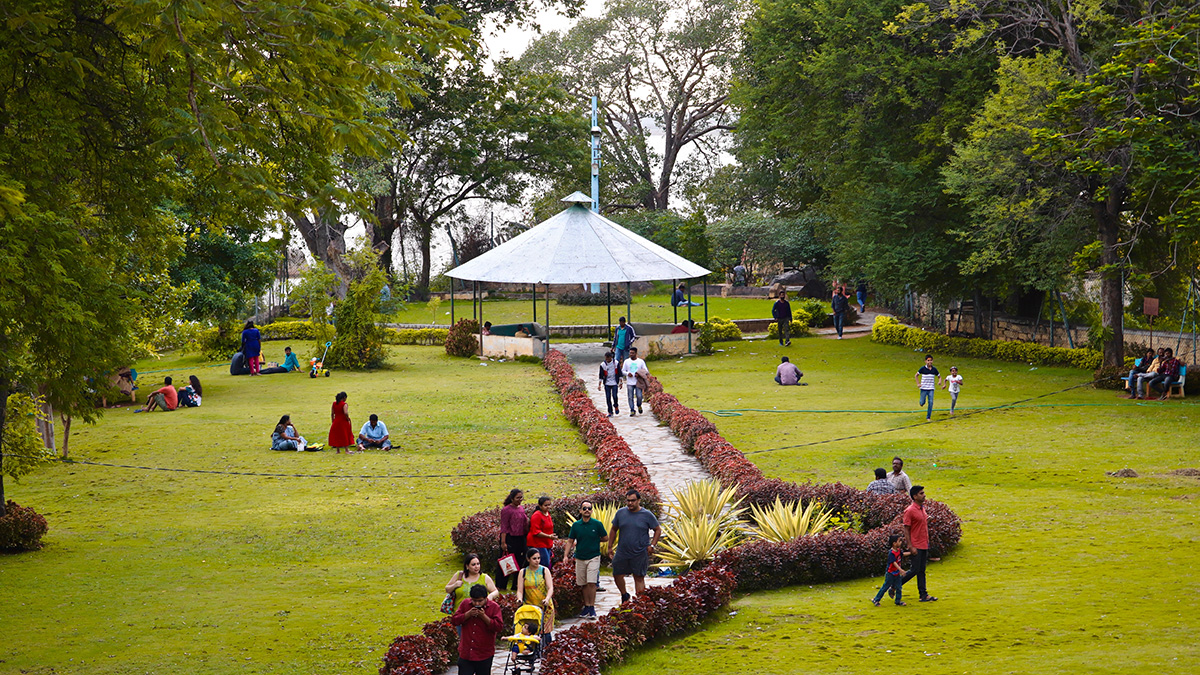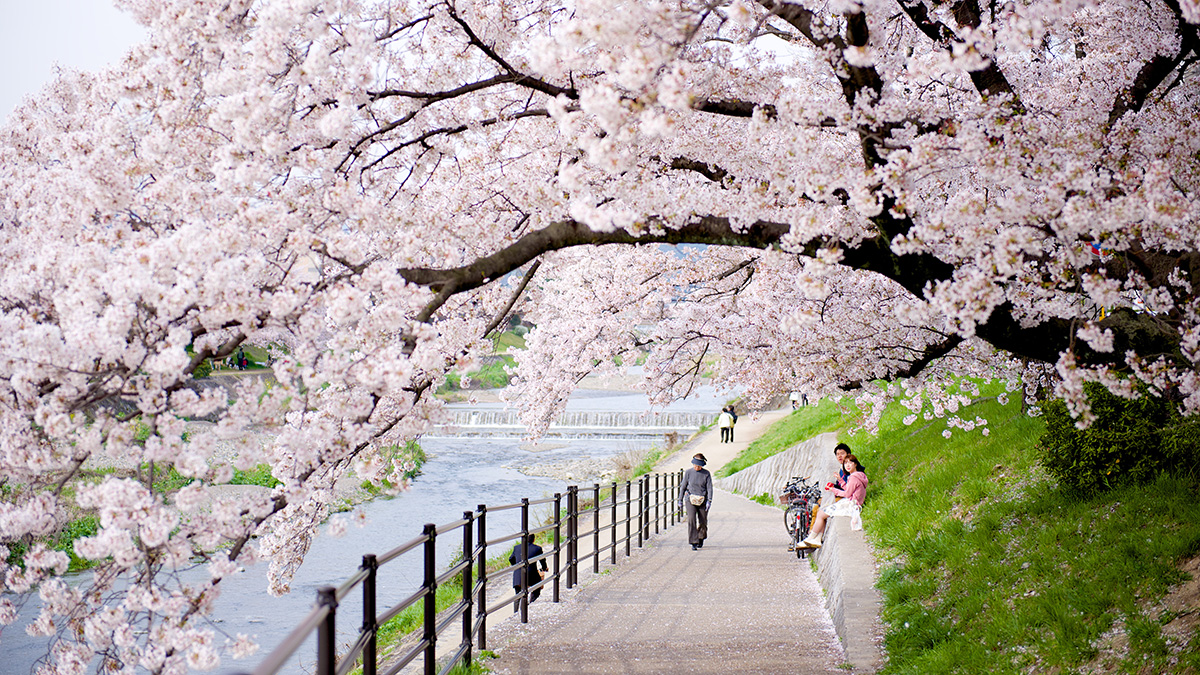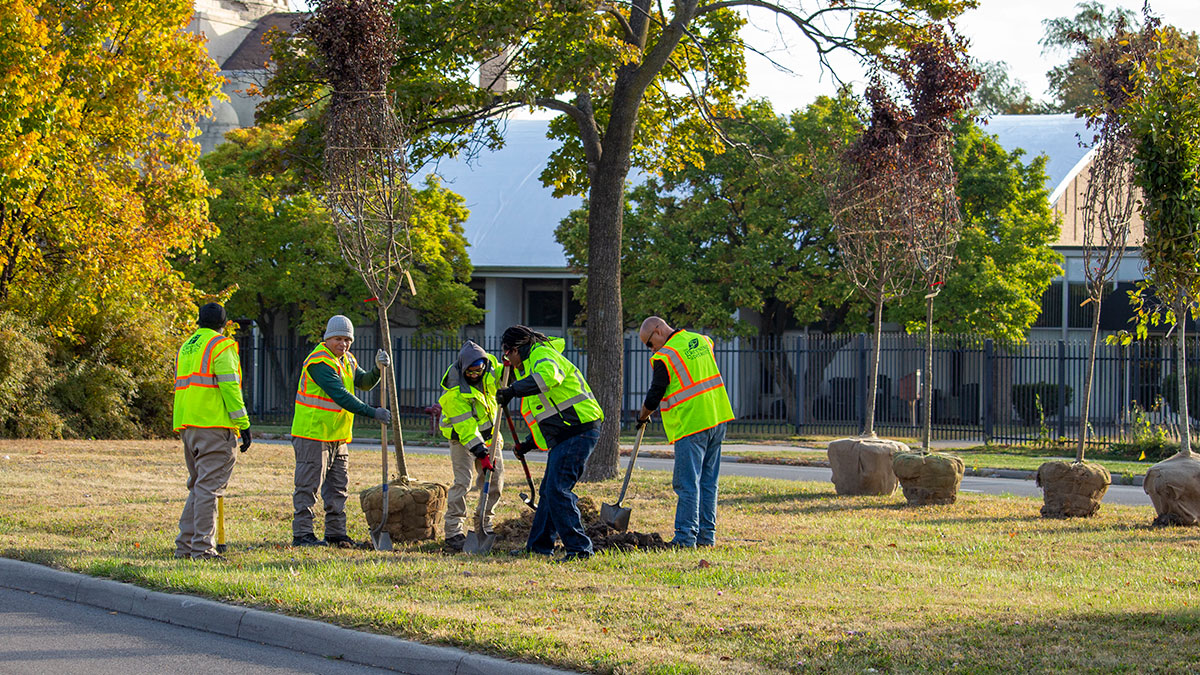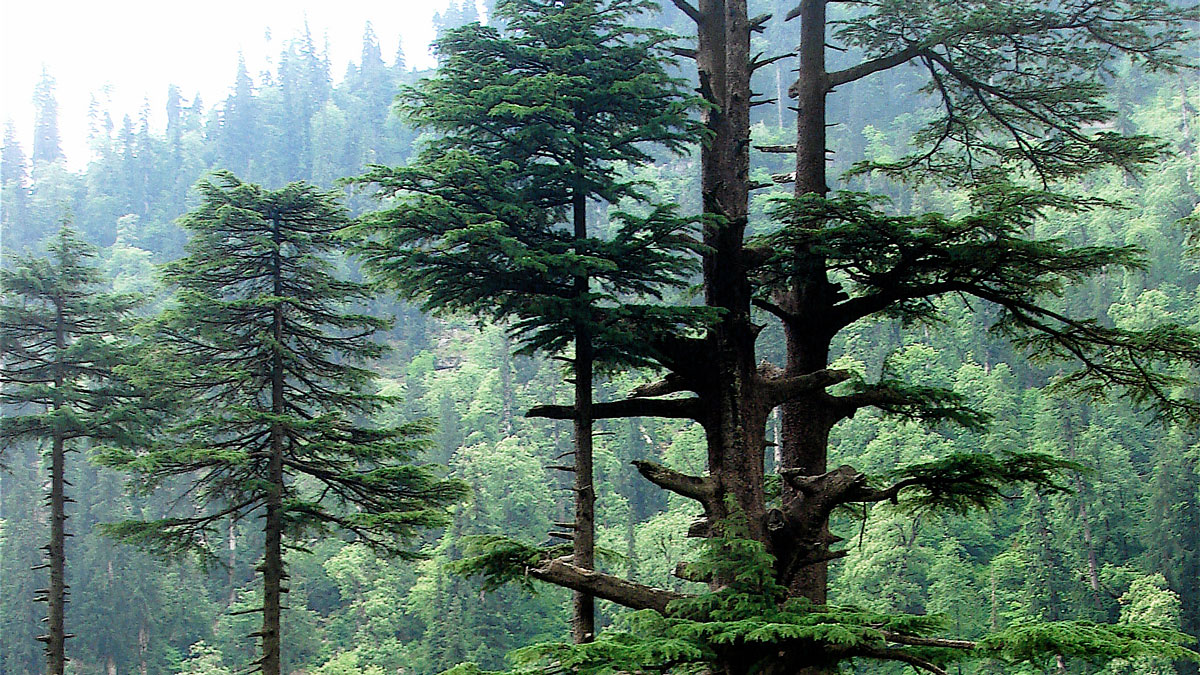शहर में हरियाली डिज़ाइन करते समय शहर के समुदायों को शायद यह सोचना पड़े कि जल अवशोषण या शीतलन, कौन से लाभ ज़्यादा ज़रूरी हैं।
trees
Taking the Pulse of Global Change with World Heritage Data Sets
Applying World Heritage status to highly valuable environmental records would spotlight the vital insights they provide into how Earth is changing and would ensure their longevity and accessibility.
Harpy Eagles Concentrate Precious Nutrients in the Amazon
Amazon soils are usually low in the nutrients that plants covet, but harpy eagles can create local hot spots with their poop and prey.
Climate Change, Megafires Crush Forest Regeneration
High-intensity fires in western states kill mature trees and their seeds while warmer, drier conditions stress seedlings. But forest managers can still intervene to change this trajectory.
Dating the World’s Tallest Trees
Scientists analyzed more than 1.2 million trees to assemble chronologies of annually dated rings, which will inform fields ranging from climate science to seismology.
Cities Are Rethinking What Kinds of Trees They’re Planting
U.S. cities are losing some 36 million trees every year, but hardier species can restore their canopies.
Refugees Are Replanting Trees in Northern Uganda
In the Palorinya Refugee Settlement, efforts to reduce deforestation and increase tree coverage help the ecosystem and improve refugees’ quality of life.
The Limits to Tree Planting in the Indian Himalayas
The Indian government has an ambitious forestry goal. New research shows it may be out of sync with environmental and social constraints.
Finding Climate History in the Rafters of New York City Buildings
When renovating in the Big Apple, you might acquire a several-hundred-year-old climate database along with your new kitchen and bath.
Boreal Trees May Grow Faster Due to Climate Change
Enhanced tree growth could significantly offset carbon emissions, but some researchers say it’s not enough to compete with forest disturbances.










